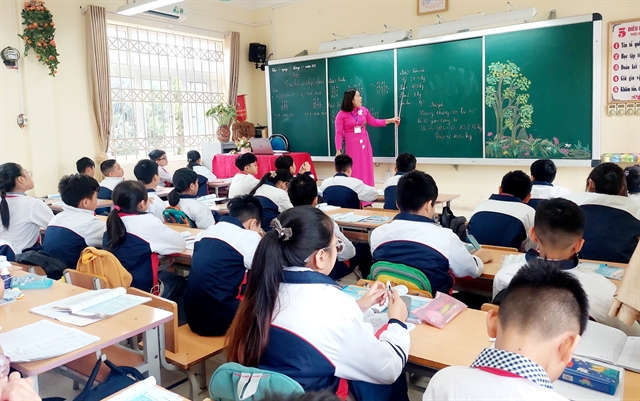
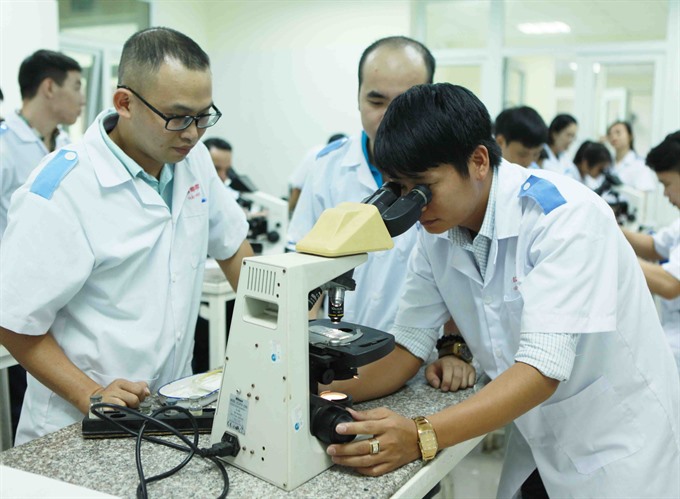 |
| Students at the Faculty of Pharmacy, Department of Pharmaceutical Chemistry, Chemical Analysis, and Toxicology, at Hải Phòng University in the northern port city of Hải Phòng. — VNA/VNS Photo Quý Trung |
HÀ NỘI — The Ministry of Education and Training expects to have 35 per cent of more than 400 universities and colleges across Việt Nam accredited this year, as part of its education accreditation plan announced early this week.
But some are sceptical about the plan, questioning if Việt Nam’s centres of accreditation quality could deal with that number of universities and colleges.
The ministry admitted that education accreditation in Việt Nam faces difficulties.
Currently, four centres of accreditation quality have been set up in Hà Nội, HCM City and Đà Nẵng with the first - The Việt Nam National University (VNU) Centre for Education Accreditation opening in November 2014.
So far, the four centres have examined 32 universities.
Dr Mai Văn Trinh, director of the ministry’s Department of Education Testing Accreditation, said under the newly-announced plan, the ministry expected all universities and colleges nationwide to have their quality tested by 2020.
The results would be public, informing people about facilities and training quality at universities.
Making the quality of each university public would benefit school enrollment, helping them draw more students.
Trinh said that part of education accreditation was based on self assessment by universities/colleges but staff, lecturers and students still had little awareness of the issue, resulting in unqualified reports.
There was also a lack of sanctions on schools that did a bad job or paid little attention to education accreditation, he said.
Moreover, Việt Nam’s criteria to assess schools were short of international standards, Trinh said.
“To address such shortcomings, MOET plans to support centres of accreditation quality for more effective operation or establish new centres to meet increasing demand,” Trinh said.
The ministry encouraged schools and training programmes to apply both national and international standards in assessing quality so that the rate of attested schools would increase.
PhD Nguyễn Quý Thanh, director of Việt Nam National University Hà Nội’s Centre for Education Quality Accreditation, said that the number of centres was not as important as the number of competent supervisors and evaluators.
For examples, the Philippines has two accreditation centres for about 1,000 universities, while the US have six for 4,000-5,000 universities.
More than 700 people have been trained as education evaluators and 240 of them were granted licences. However, a shortage of human resource is still a major difficulty in educational accreditation in Việt Nam.
Thanh added that educational accreditation agencies must play the role of preventive medicine to ensure that schools are qualified.
“This is why schools must be attested regularly, for example every five years for universities and every two years for education programmes,” Thanh said. — VNS
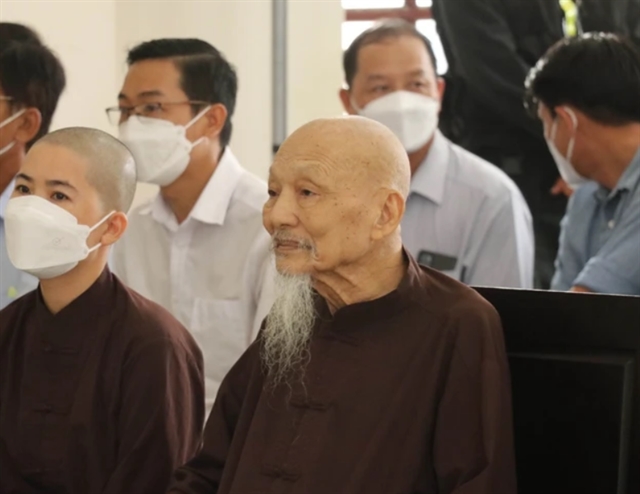
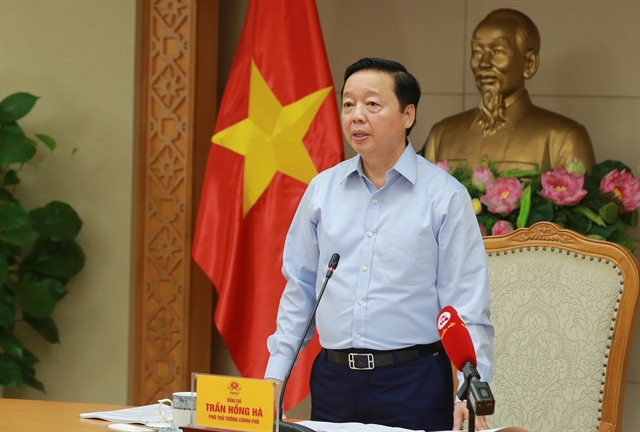
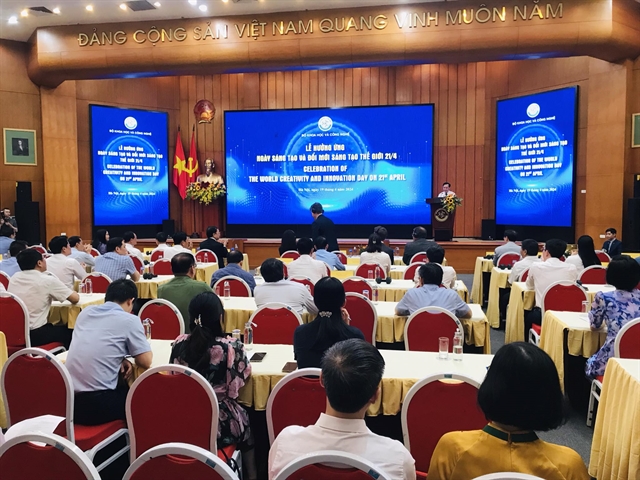



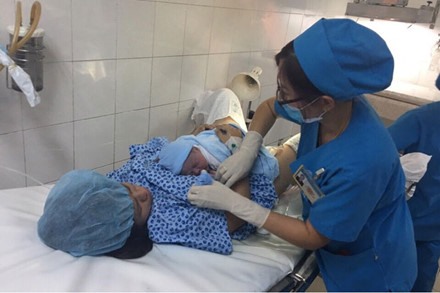
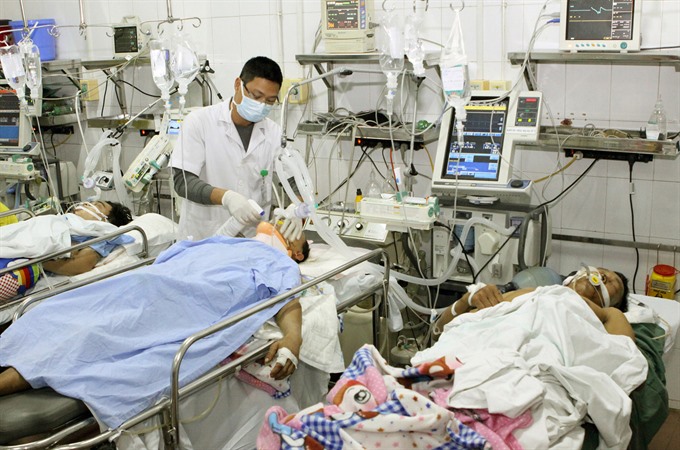



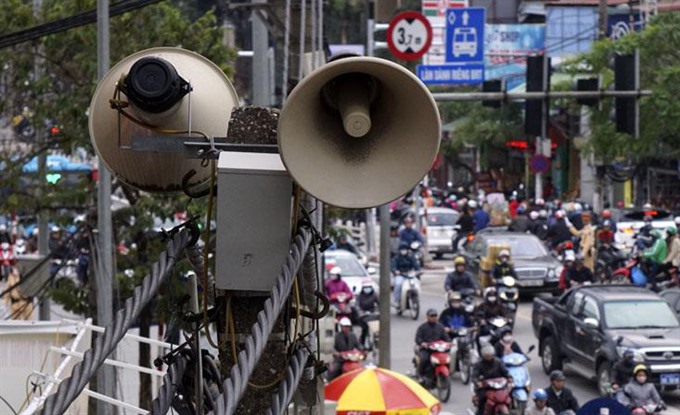




.jpg)









